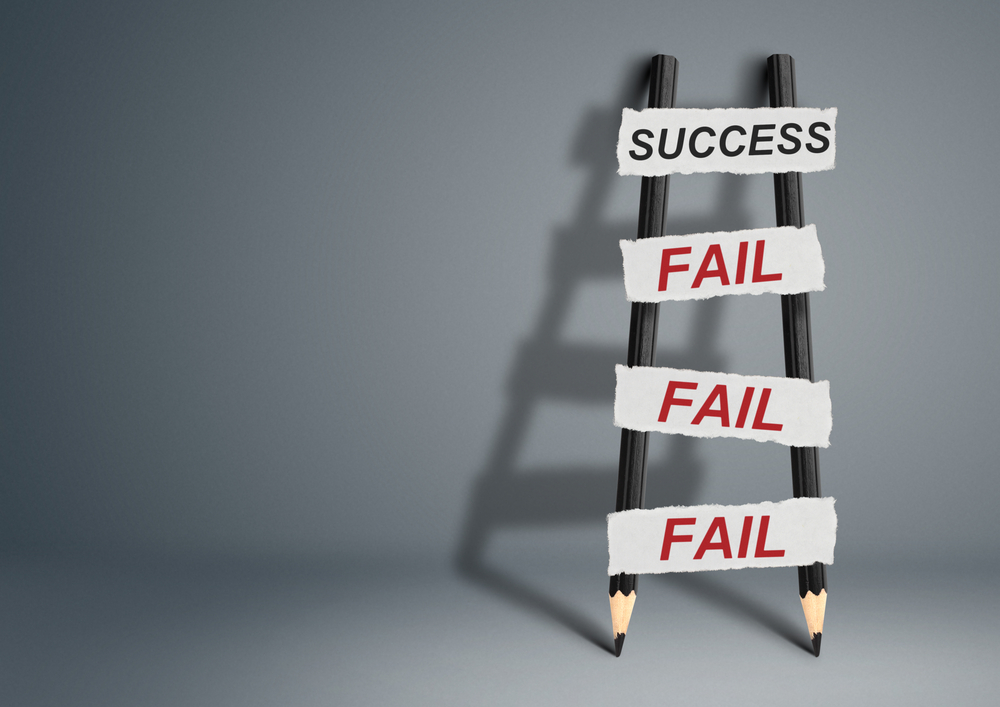In 2005, Steve Jobs delivered the commencement speech at Stanford University. A link is provided below. At the 1:22 minute mark of the 20-minute address he clearly summarizes his talk, making it easy for the audience to envision a “table of contents,” and consume his messages as he progressed.
When you can summarize your speech concisely it demonstrates clarity of message. If you can’t summarize concisely, you have opportunity to clarify your speech purpose for your benefit and for the benefit of your audience
.
Assembling Speech Content
I’ve seen inexperienced speakers panic when invited to
deliver a talk. Sometimes a speaker will
frantically accumulate research and data. Research and data can be used to support
a message, but too often I’ve seen reams of data be recited in a dry and
dispassionate manner.
Purpose Drives Content
Your speech purpose should drive your selected content
and a speaker needs to make clear the context of any data and research. This is the value that a speaker adds. Many people can collect quantities of data
and research. A great speaker can assert
a point of view and add content to the data that he or she chooses to
illustrate a point of view.
One Question
When I prepare a speech, I will usually explore current
data and research to consider new ideas and approaches. Once I have assembled a sufficient amount of
possible talking points I ask myself this question;
“What do I
want this specific audience to understand when my presentation is complete?”
Once that purpose is defined, anything that doesn’t
fit is discarded, or maybe saved for another presentation. I prefer to explore
more deeply with an audience the relevant content, rather than recite data
and research I believe, often alone, is interesting. It’s not up to the
audience to listen and then assemble the material into a coherent whole – it’s
our job as speakers.
Define Your Speech Purpose
Defining your speech purpose, and committing to this,
will focus your planning and direct any research you need to perform. In most
cases, little research is required because you should be speaking on topics
where you have expertise, and personal experience to share.
When you draw from personal experience, a quality
speech can be constructed based on your knowledge, your experience, and impacts
you’ve observed.
Steve Jobs at Stanford
I expect that as he prepared his talk Steve Jobs had
much more material and personal stories he might have spoken about. He selected
three stories and lessons and delivered them exceptionally well. The speech is available at this link
https://youtu.be/jiHZqamCD8c?si=LparN8XAIjXO_RPB
Conclusion
Work to describe your speech concisely – within 30
seconds. This will demonstrate clarity
of message.









